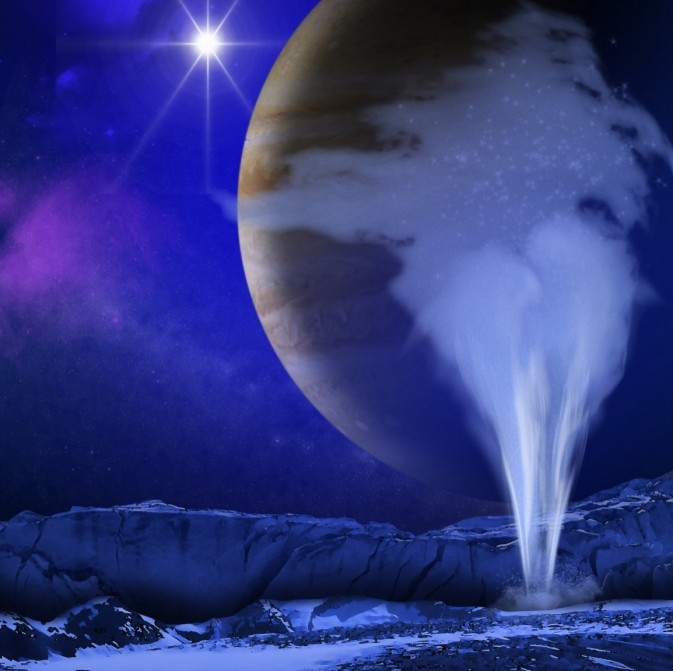Alien Life: As NASA Mulls Europa Moon, Scientists Expand Methane Examination Capabilities

A team of researchers from the University of College London (UCL) has come forward with a new model of tracking methane that they hope will prove alien life can exist without liquid. Much of the ongoing Search for Extraterrestrial Intelligence has focused on finding water and investigating if life forms could survive, but this development could greatly expand the possible places microscopic beings could thrive.
Scientists have spent decades searching outer space for signs of water and any life that may exist around it. The mere presence of water traces on Mars has stoked endless curiosity, with researchers rationalizing that since life on Earth was born out of water, it’s plausible that such an event could happen elsewhere. But in recent years researchers have started to speculate if planets in the so-called liquid methane habitable zone could foster aliens that don’t require water at all.
Astrophysicists previously told Space.com that planets in the zone “would have a surface temperature of minus 290 degrees Fahrenheit 9179 degrees Celsius) in a zone between 0.63 and 1.66 astronomical units (61.5 million and 154 million miles, or 99 million and 248 million km) around the star Gliese 581, an M3-type red dwarf located 20.5 light-years away.”
Professor Jonathan Tennyson of UCL, a co-author of the study, hopes to build on that foundation with a new computer model that could detect life on planets outside the Milky Way solar system “more accurately than ever before” by detecting methane molecules at temperatures up to 1,220 degrees Celsius.
“Current models of methane are incomplete, leading to a severe underestimation of methane levels on planets,” he said in a university statement to reporters. “We anticipate our new model will have a big impact on the future study of our planets and ‘cool’ stars external to our solar system, potentially helping scientists identify signs of extraterrestrial life.”
Dr. Sergei Yurchenko, the report’s lead author, said that UCL supercomputers worked through “billions of lines” of computer code to formulate the new model, which took an estimated 3 million central processing hours to complete.
“We are thrilled to have used this technology to significantly advance beyond previous models available for researchers studying potential life on astronomical objects, and we are eager to see what our new spectrum helps them discover,” Yurchenko said in the same statement, as revealed by the Weather Network.
The exciting update comes as NASA scientists continue to investigate whether it’s plausible to send a robotic mission to Europa, the Jupiter moon thought to harbor more liquid water than all of the water on Earth combined. It could take nearly three years to even reach Europa, and with an estimated price tag in the billions of dollars, it could be difficult to convince American taxpayers that such an initiative is worth the investment. Bill Nye, the beloved former TV host and prominent spokesman for the scientific community, told National Geographic that if astrophysicists are able to plumb such depths of space, the possibilities could be endless.
“Just think what it would mean if we were to find a living thing in a geyser of seawater on another world,” Nye wrote recently. “Every one of us here on Earth would stop and ponder what it means to be a living thing. I hope it would fill each of us with reverence for the cosmos and for our place within it. A mission to Europa would bring humankind together – and perhaps change the world.”
© Copyright IBTimes 2024. All rights reserved.





















